Meat cultivated at UW-Madison offers glimpse into possible food future
A cultivated hamburger in 2022 costs $300,000 due to startup and research costs, but scientists and investors see a future when such food is affordable.
November 14, 2022
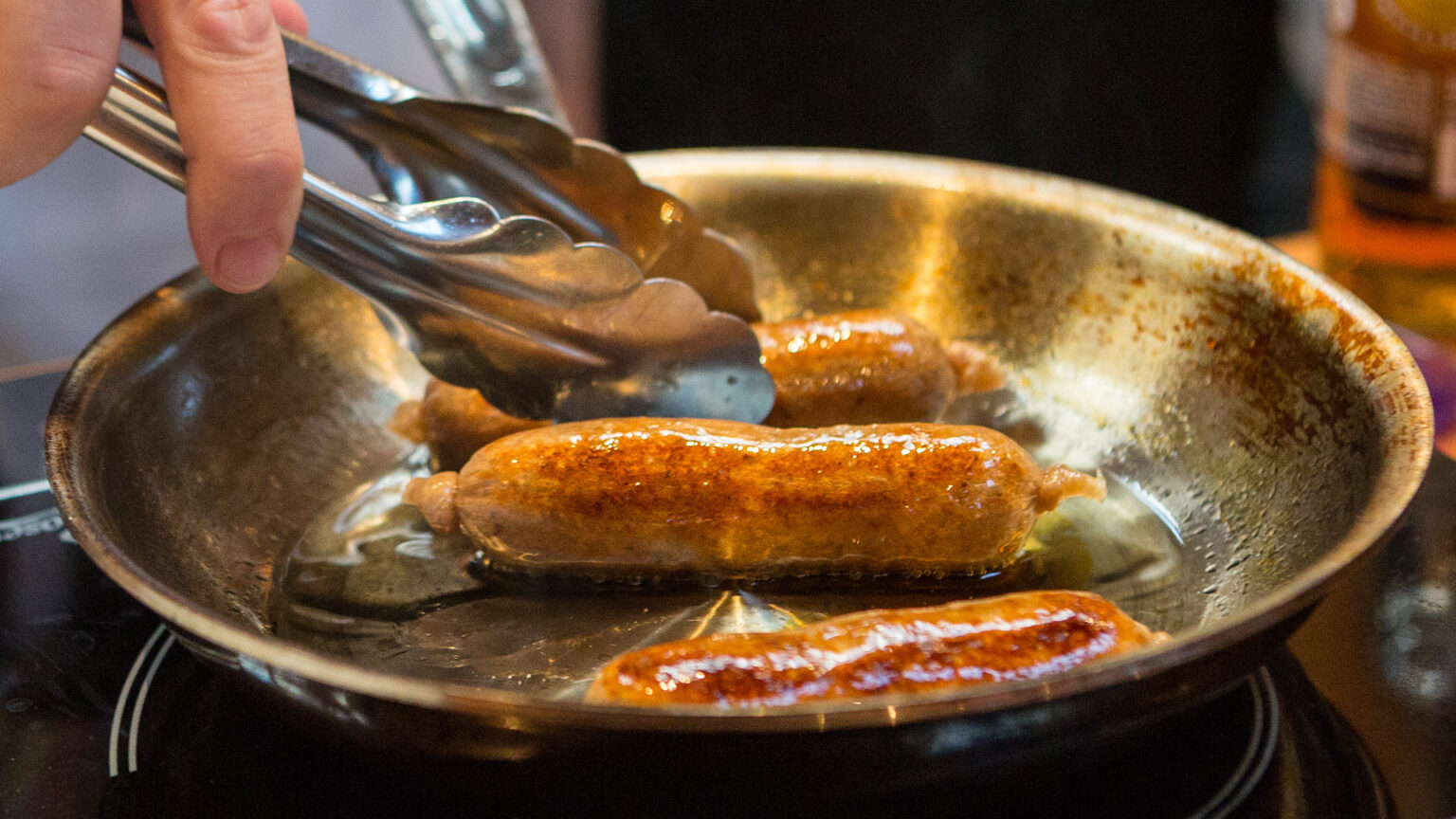
Pork sausage made by New Age Meats is served at a private tasting event in San Francisco in September 2018. Such products are part of a muti-billion-dollar industry cultivating meat from animal cells. The goal is to avoid animal slaughter and reduce the pollution and the carbon footprint associated with traditional meat production. But for some cultivated meat products, the price remains prohibitively high for consumers. (Credit: New Age Meats via Creative Commons)

An unconventional yet burgeoning project looming on the horizon of the grow-your-own movement is the development of cultivated, or cultured meat. It is real animal meat and seafood that is produced by cultivating animal cells, according to the Good Food Institute (GFI). Backers say it reduces the land and water pollution caused by large-scale meat agriculture.
Masatoshi Suzuki is a researcher and professor at the University of Wisconsin-Madison. In recent years, Suzuki’s lab has worked in collaboration with GFI to create a prototype of a beef patty grown from the stem cells of a cow.
In the United States, cultivated meat isn’t available to consumers because it is too expensive to produce and not yet approved by the Food and Drug Administration or the U.S. Department of Agriculture. Suzuki said the development is in such an early stage that it currently takes months and costs around $300,000 to make just one burger.
But investors believe the potential is enormous. In 2015, there were only five companies in the cultivated meat landscape, according to Suzuki. As of 2021, there were more than 100 companies. One of them is Cultured Decadence, which is developing cultivated seafood. The company, based in Madison, merged with UPSIDE Foods, which is based in California.
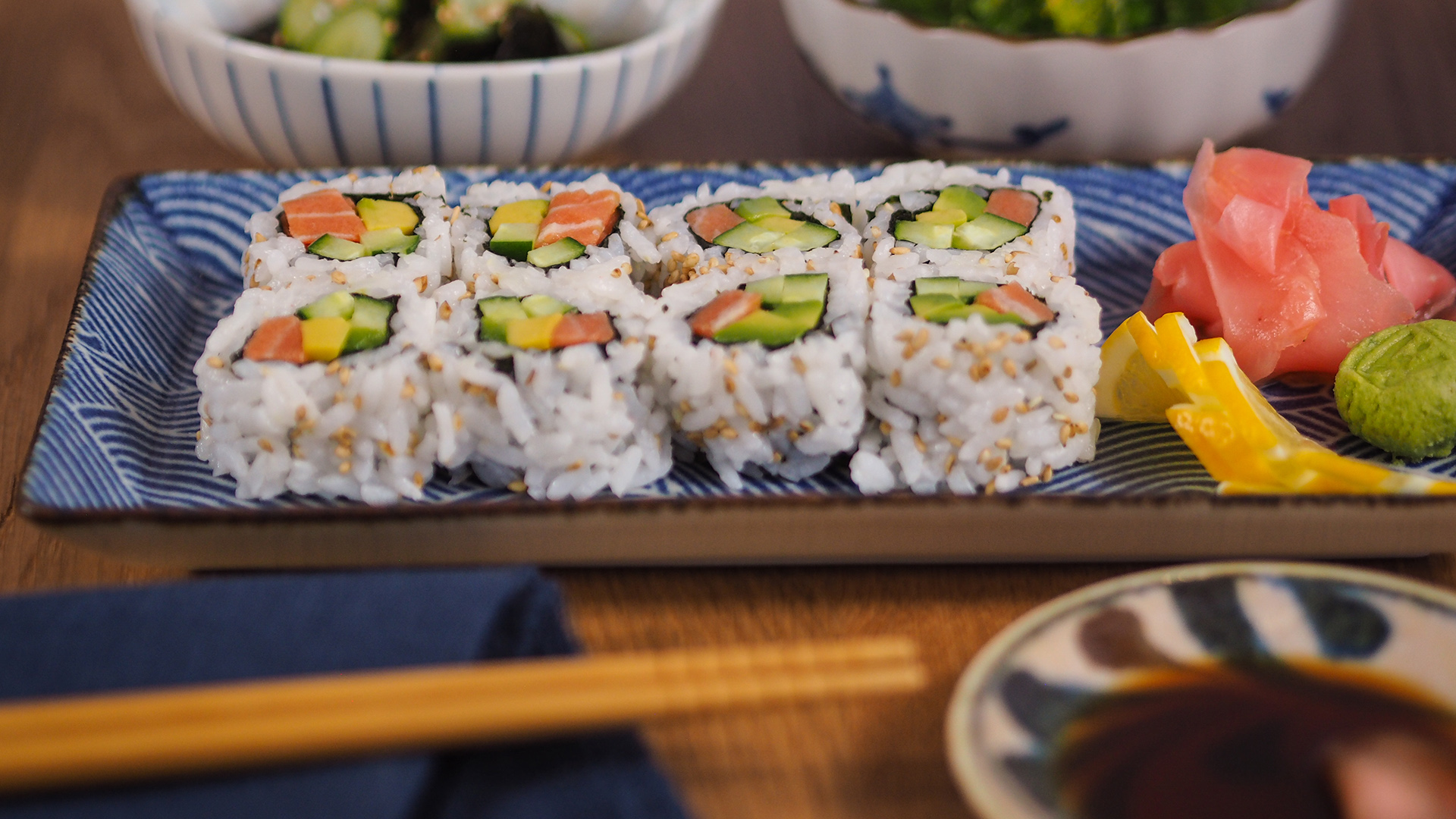
This sushi is made with salmon cultivated from animal cells by Wild Type, part of a growing industry that cultivates meat from animal cells. (Credit: Wild Type via Creative Commons)
Although a lab-grown hamburger will not land on your plate in the near future, investment in the alternative protein sector has skyrocketed in recent years. Between 2010 to 2018, well under $1 billion was invested in the cultivated meat industry. By 2021, however, over $5 billion was poured into the sector, Suzuki said.
Cultivated meat is already on the table at one restaurant in Singapore. The country granted regulatory approval for cultivated meat, and the first cultivated chicken was eaten at the restaurant in 2020, according to the website of the producer, GOOD Meat. Cultivated chicken is available for $23 at the restaurant, named 1880 — the same price as a conventional chicken entree at the restaurant.
GFI predicts that by 2030, cultivated meat could have a smaller carbon footprint, lower environmental impacts and be cost-competitive than some traditional forms of meat.
The nonprofit Wisconsin Watch collaborates with WPR, PBS Wisconsin, other news media and the University of Wisconsin-Madison School of Journalism and Mass Communication. All works created, published, posted or disseminated by Wisconsin Watch do not necessarily reflect the views or opinions of UW-Madison or any of its affiliates.
 Passport
Passport




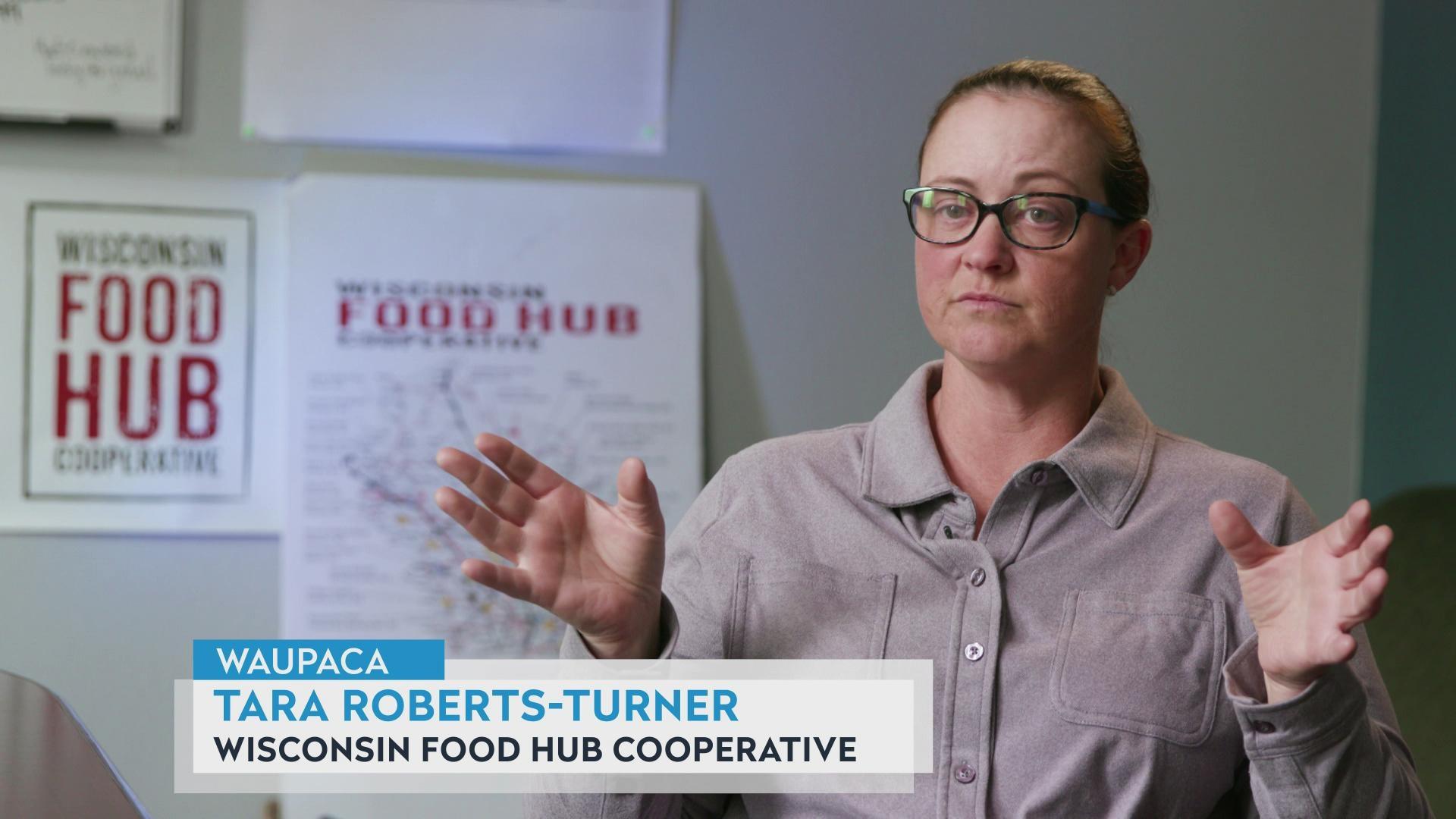
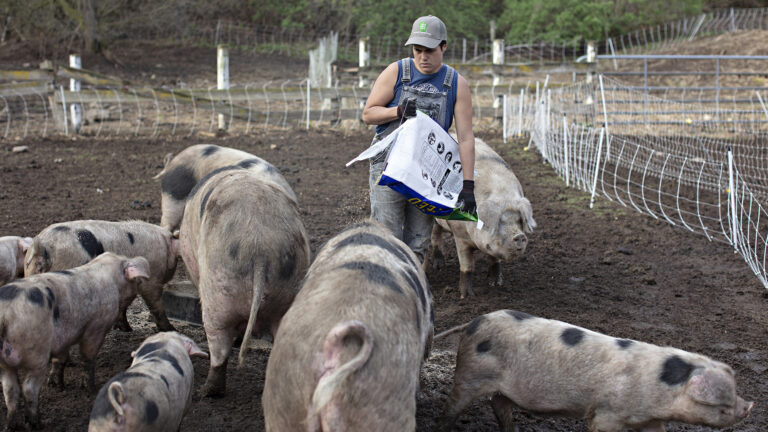
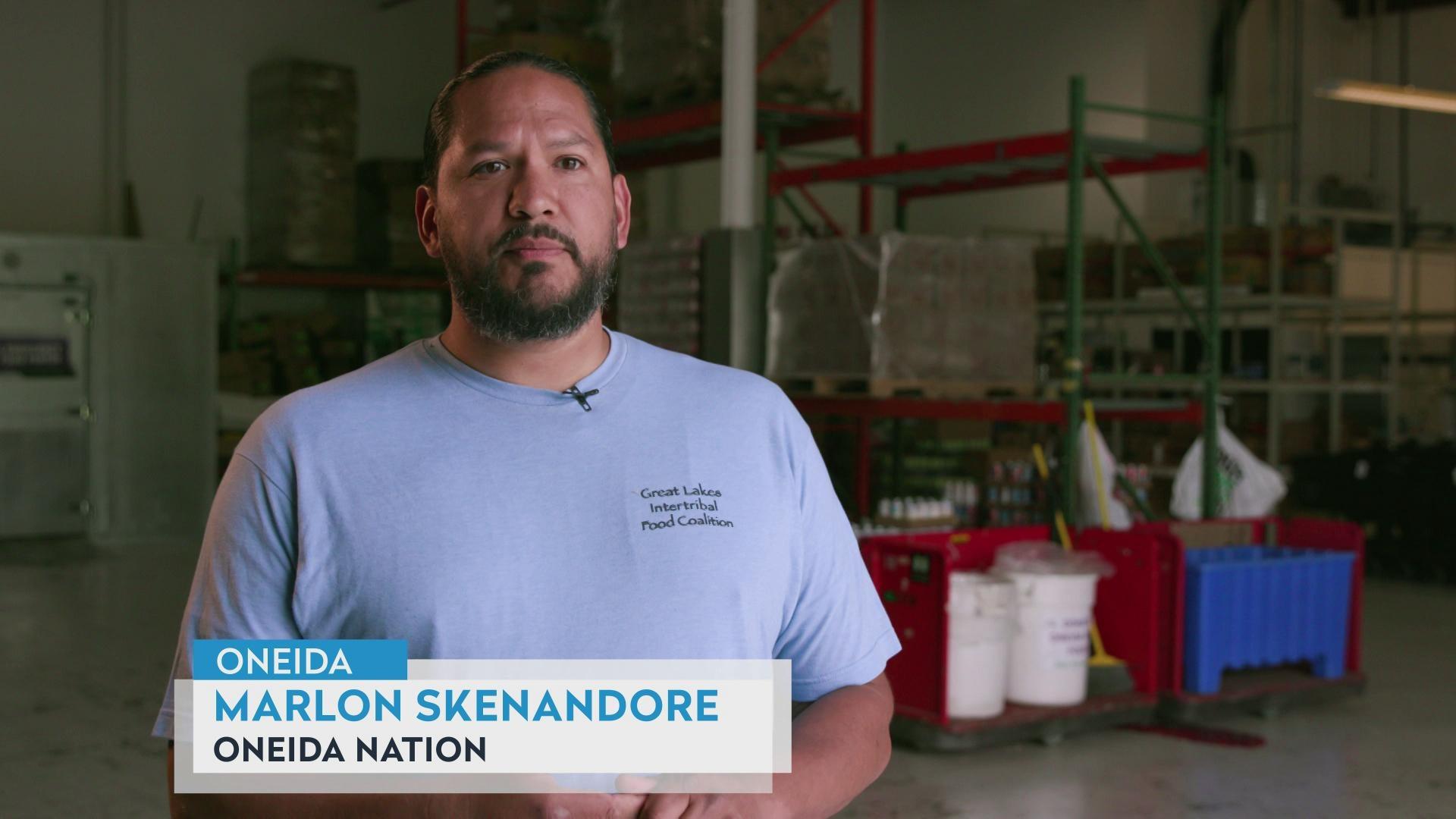

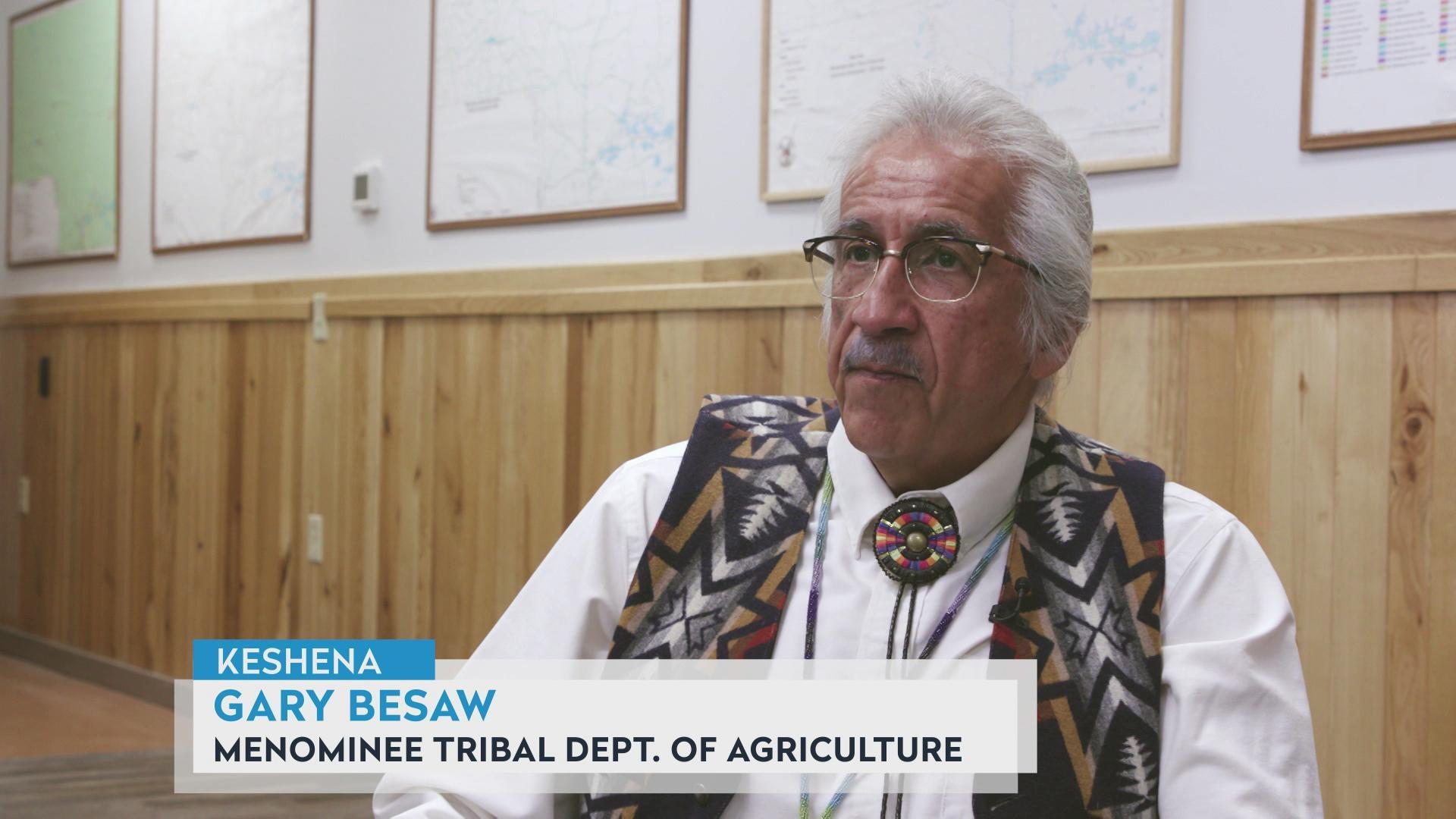
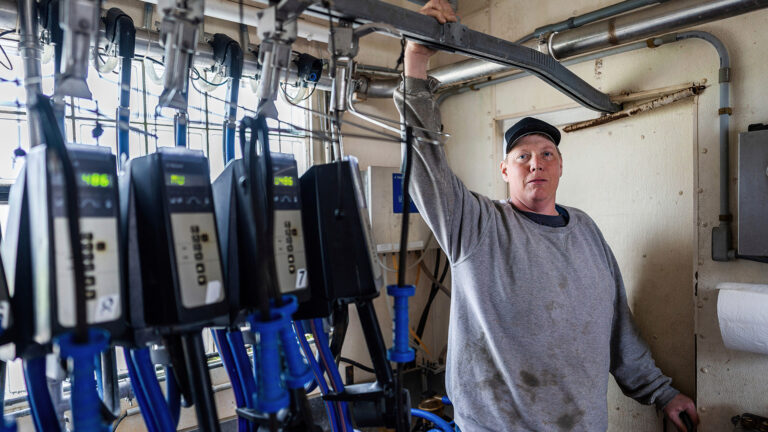

Follow Us